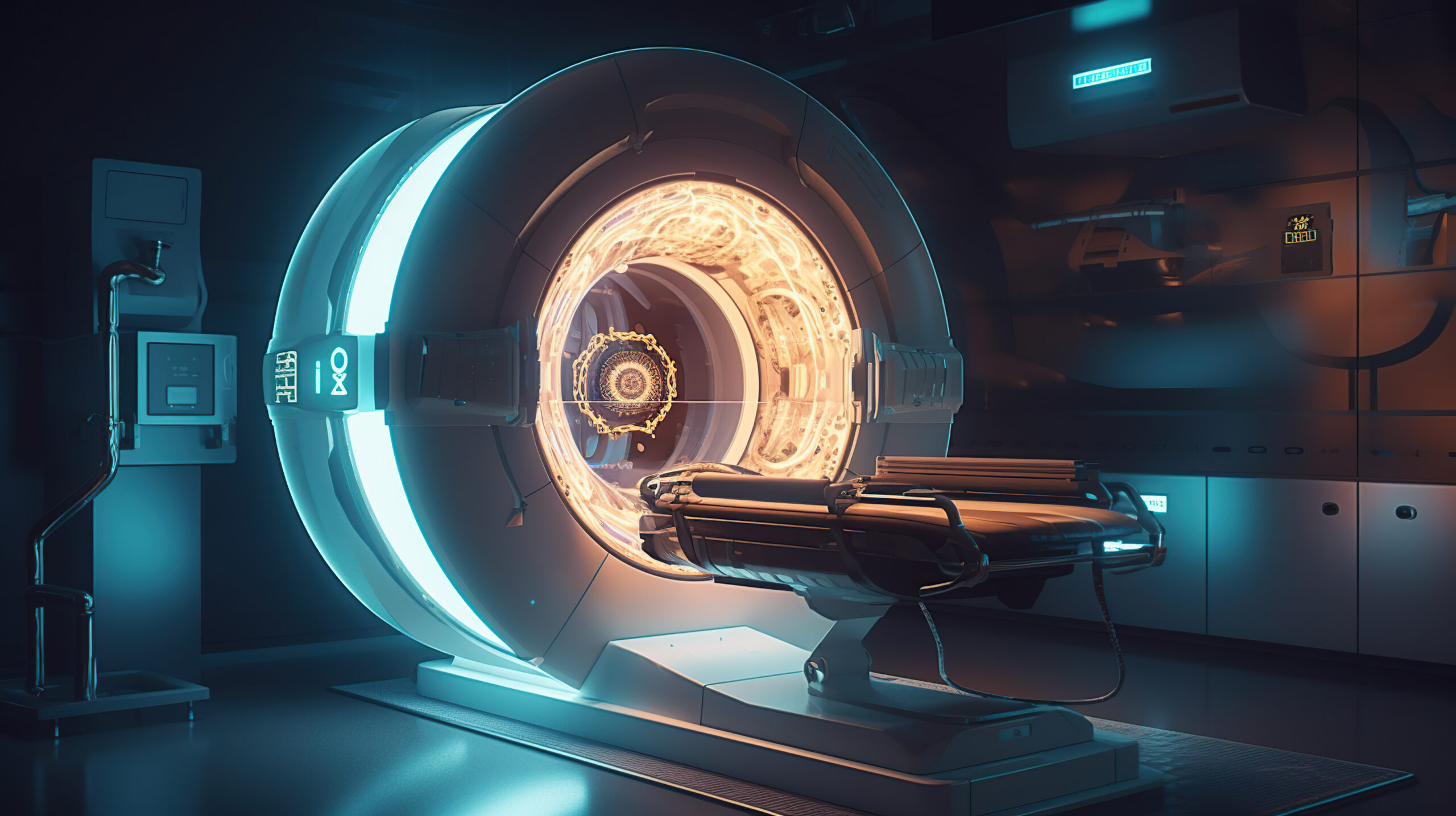“Beta, it’s just age catching up,” they said.
“Maybe you sit too much,” others added.
But deep down, I knew something wasn’t right.
I’m Neha, 34 years old. And for three long, excruciating years, I lived with a pain that stole my sleep, my smile, and slowly… my identity.
It started as a dull ache in my lower back — the kind you ignore because… well, we all sit too long or lift a heavy grocery bag once in a while. But weeks turned into months. I stopped wearing heels. Stopped picking up my niece. Even turning in bed felt like a task.
I saw doctors. Many.
X-rays? Clear.
Blood tests? Normal.
I was told to exercise. Stretch. Do yoga. “It’s stress,” they said. “It’ll go away.”
It didn’t.
The Day I Broke Down
One morning, I was brushing my hair and my hand simply… dropped. A shooting pain travelled from my lower back down to my leg. I fell to the floor. Crying not just from pain, but from helplessness. I was tired of being told nothing’s wrong when everything felt wrong.
That’s when a new doctor said the words I hadn’t heard before:
“You need an MRI.”
MRI: The Machine That Sees What Others Don’t
Lying inside that humming tube felt like entering a spaceship. Cold. Loud. Claustrophobic. But strangely hopeful.
The scan took about 20 minutes. I came out shaken — not by the machine, but by the thought that maybe, finally, someone would believe me.

Steps to prepare before MRI – read
The MRI report came the next day.
There it was. Clear as day. A slipped disc pressing against my sciatic nerve.
Three years of pain. Three years of doctors shaking their heads. All revealed in one scan.
Why X-Rays Failed Me, But MRI Didn’t
X-rays are good at showing bones — breaks, fractures, etc. But my bones were fine. What X-rays can’t show is soft tissue: discs, nerves, muscles.
That’s where the MRI wins. It creates detailed images of everything — even the tiniest bulge pressing against a nerve.
In my case, it wasn’t “stress” or “bad posture”. It was a medical condition that needed physiotherapy, pain management, and time — but more than that, it needed to be seen.
Healing, Finally
With proper treatment, guided exercises, and posture correction, my pain reduced in months. But more than that, I healed emotionally.
Because now, when someone tells me they have “mystery pain,” I don’t dismiss it. I listen.
Because not all wounds bleed. Some hide — until you look deep enough.
Best Places for MRI Scan in Chandigarh | MRI scan in Panchkula | MRI Scan in Mohali | MRI Scan in Delhi
FAQs About MRI for Back Pain
Q1. Why didn’t X-rays detect my back problem?
X-rays show bones, not soft tissues. Disc bulges, nerve compression, or inflammation need an MRI to be seen clearly.
Q2. Is MRI painful or scary?
Not at all. It’s non-invasive and painless. It can feel claustrophobic for some, but many centers offer open MRI or let you listen to music.
Q3. How long does an MRI take?
Usually 15 to 30 minutes, depending on the area being scanned.
Q4. Is MRI safe?
Yes, it uses magnetic fields and radio waves – no radiation like X-rays or CT scans. However, it’s not advised if you have certain metal implants or pacemakers.
Q5. When should I get an MRI for back pain?
If your pain lasts beyond 6 weeks, is severe, radiates down your leg, causes numbness/weakness, or doesn’t improve with rest — consult a doctor about MRI.
Q6. How much does a spine MRI cost in India?
Costs range from ₹3,000–₹8,000 depending on city and scan center. You can compare rates and book online on platforms like Laboon.in in cities like Chandigarh, Panchkula & Delhi.
4\
MRI – Strong Magnet and radio waves to create…..
✨ Final Words
If you’re silently suffering, unsure of what’s wrong — trust your gut.
Ask for answers.
Ask for an MRI if needed.
Because you know your body better than anyone else.
Don’t wait 3 years like I did.





